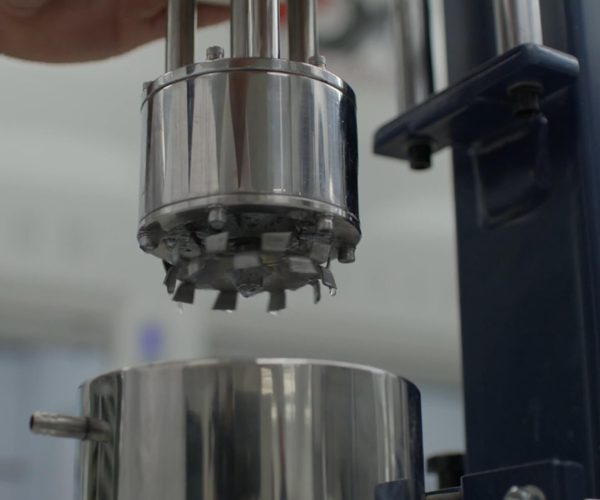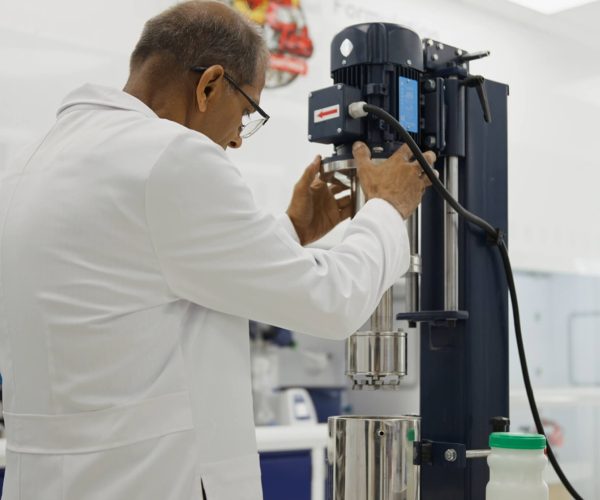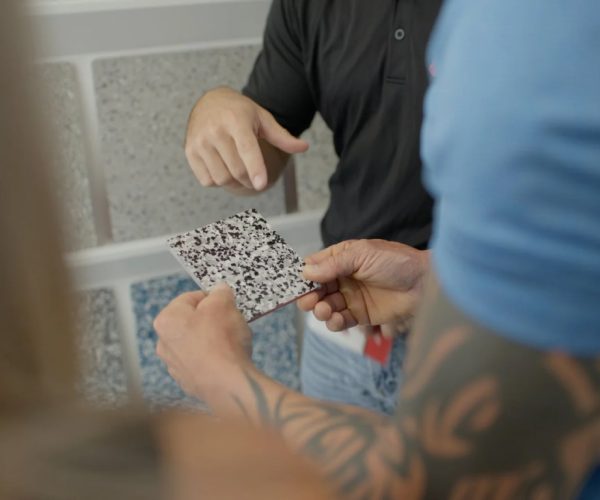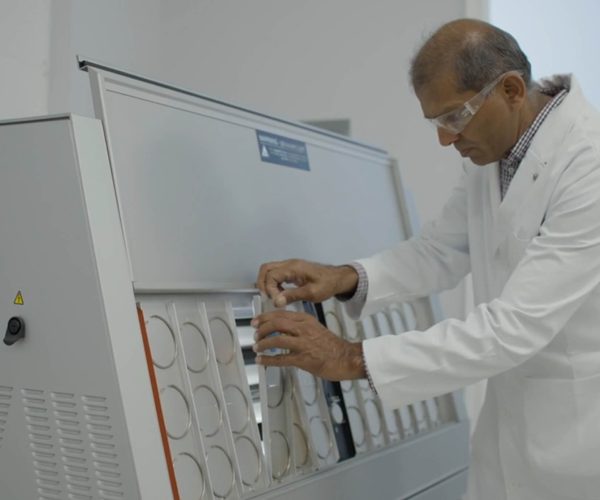Your submission was successful. Redirecting…
We respect your privacy and by submitting your request, you authorize FloorTek to call you on the mobile number provided to discuss your project. You understand that we may use automated phone technology, including text messaging and email, to contact are in no way required to purchase any products or services from us.


We respect your privacy and by submitting your request, you authorize FloorTek to call you on the mobile number provided to discuss your project. You understand that we may use automated phone technology, including text messaging and email, to contact are in no way required to purchase any products or services from us.
Impact resistance greatly affects the long term adhesion as well as the wear and tear of your floor coating.
Flexibility allows your concrete coating to bounce back and not chip or peel when impacted on.
Spills happen, and with FloorTek's pure polyaspartic all you need for an easy cleanup is a towel and general purpose cleaner.
Epoxy will yellow over time, and while polyaspartic is better, FloorTek's polyaspartic is especially designed to withstand exposure to UV light.

When installing concrete coating it is really important to make sure the coating is flexible and is able to shift and move along with the surface.



Polyaspartic can last 15–20 years with proper care, while epoxy often needs replacement within 5–10 years.
Polyaspartic cures in 24 hours, while epoxy requires 3–5 days before it’s ready for use.
No! They have a textured, slip-resistant surface that makes them safer than standard epoxy coatings.
Absolutely! It’s low-VOC, non-toxic, and safe for indoor and outdoor spaces.
Yes! Polyaspartic can be applied over old epoxy, but surface preparation is required for best results.
EXCELLENT
Location 1
Address: 3050 SE Federal Hwy, STUART FL 34994
Contact Number
Landline: 772-448-1968
We respect your privacy and by submitting your request, you authorize FloorTek to call you on the mobile number provided to discuss your project. You understand that we may use automated phone technology, including text messaging and email, to contact are in no way required to purchase any products or services from us.
We respect your privacy and by submitting your request, you authorize FloorTek to call you on the mobile number provided to discuss your project. You understand that we may use automated phone technology, including text messaging and email, to contact are in no way required to purchase any products or services from us.
Your submission was successful. Redirecting…